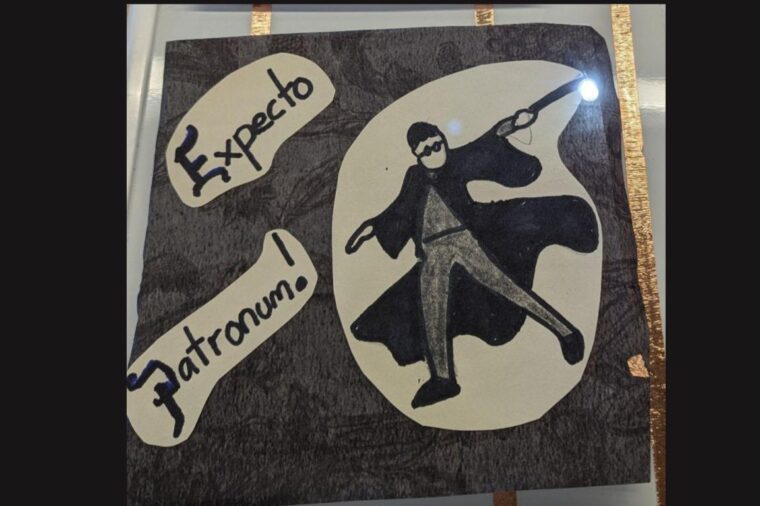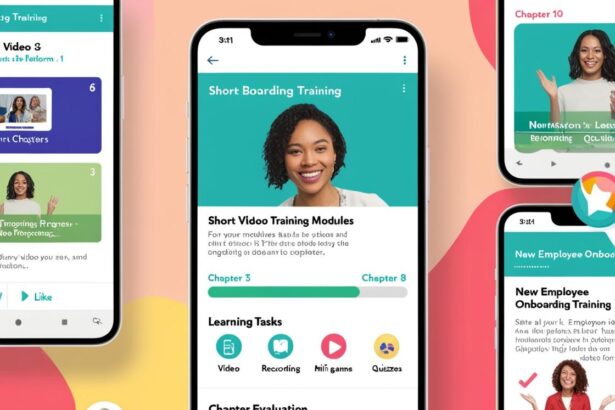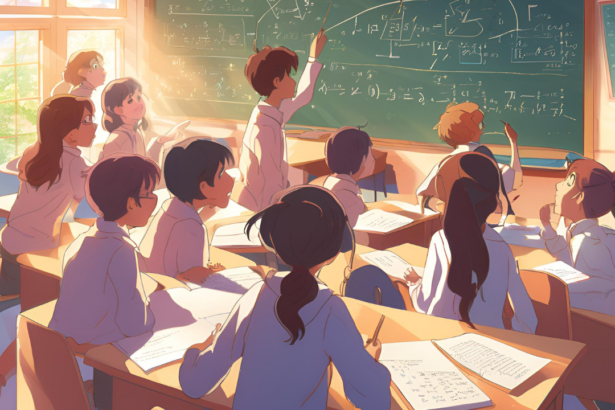Sort-of! Folio (/sɔrt ʌv! foh-lee-oh/). Noun. A collection of “almost had its!” and “kinda-sort-ofs” that one makes through rounds of experimentation and reflection.
TLDR: I created a set of learning design tools and sample projects for teachers to use to encourage and value tinkering and learning through trial and error in maker projects.
Why?
Students should focus on the process of making, not just the product!
I am enthralled by the idea of “tinkering” (creative problem-solving through a “conversation with the material”) as a skill vital for students to develop to foster creativity and resilience. STEM projects can sometimes focus primarily on the actual product formed. But cultivating creativity, troubleshooting, and resilience are key.
I partnered with MIT’s Edgerton Center, one of the nation’s first makerspaces, to modify some of their lessons to focus on easy of deliverability, creativing, and encouraging tinkering.
What did I make?
A collection of resources for students and teachers and my own examples of a ‘sort-of!’ folio!
-I used the Light-Up Tiles project by Diane Brancazio to make a set of student- and teacher- facing sample slides to guide classes through creating their own ‘sort-of!’ folios to explore learning circuitry, developing skills and research, and story-telling (such as the story of Harry Potter and his Patronus)!
—Student Slides for a ‘Sort-of!’ Folio– —Teacher Slides for a ‘Sort-of!’ Folio—
–I also made my own ‘sort-of! folio‘ showing the magnetic tiles project to help students and teachers envision one way to create their products. I created a video to envision the Magnetic Tiles project, and I decided to explore Arduino technologies to create another version of an electronic circuit telling similar stories.
What did I learn?
Learning happens best when we do feel that things don’t have to be perfect.
The ‘sort-of!’ folio framework helped me, and hopefully my future students in building our skills, resilience, and reflective capabilities.
A slideshow below of some snippets from my project:
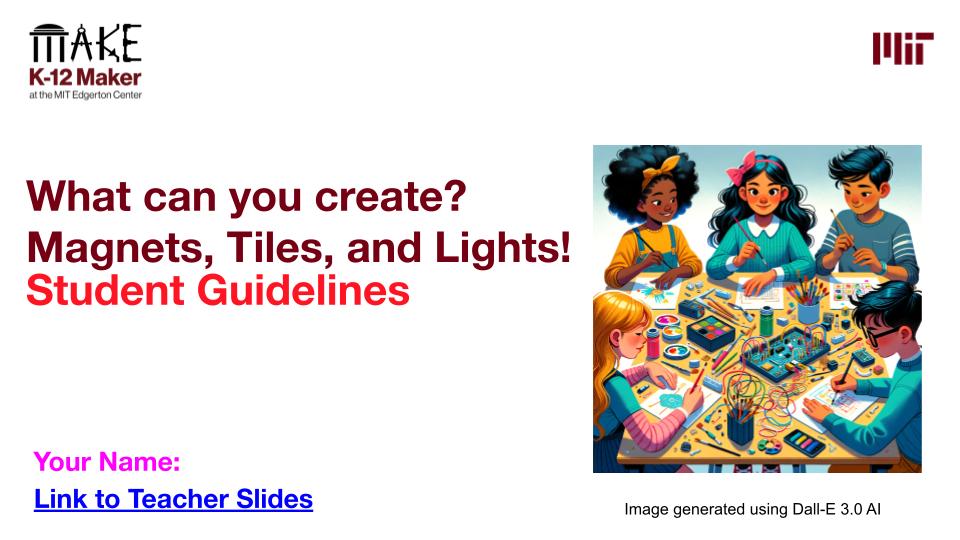
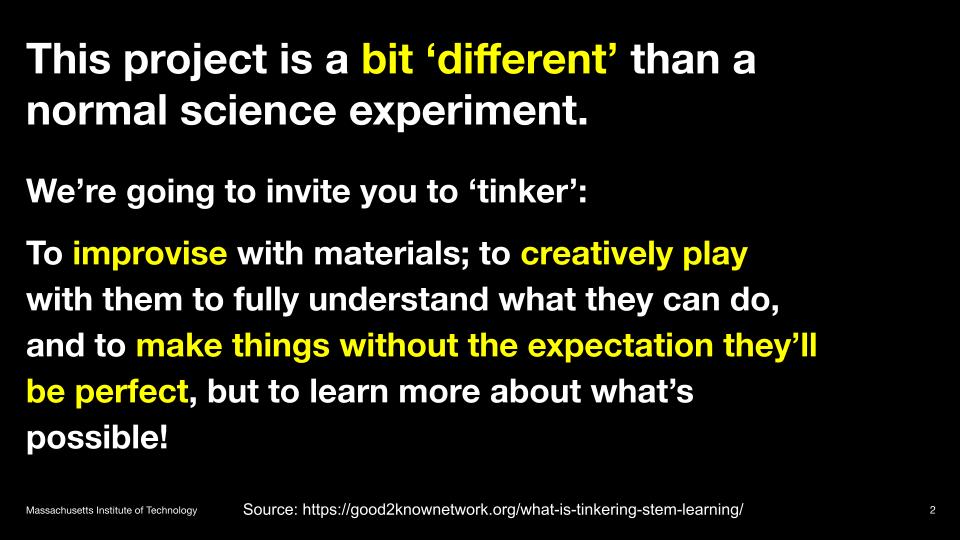


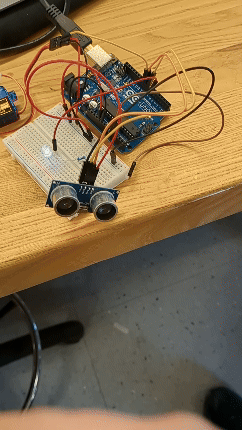

Special thank yous to: MIT Edgerton Center: Jamie Chelel, Diane Brancazio. Harvard GSE LDIT Program: Katherine Hashimoto and my PCE group, Jessica Herzog, Iman Rastegari, Paulina Huadong, Dr. Karen Brennan
